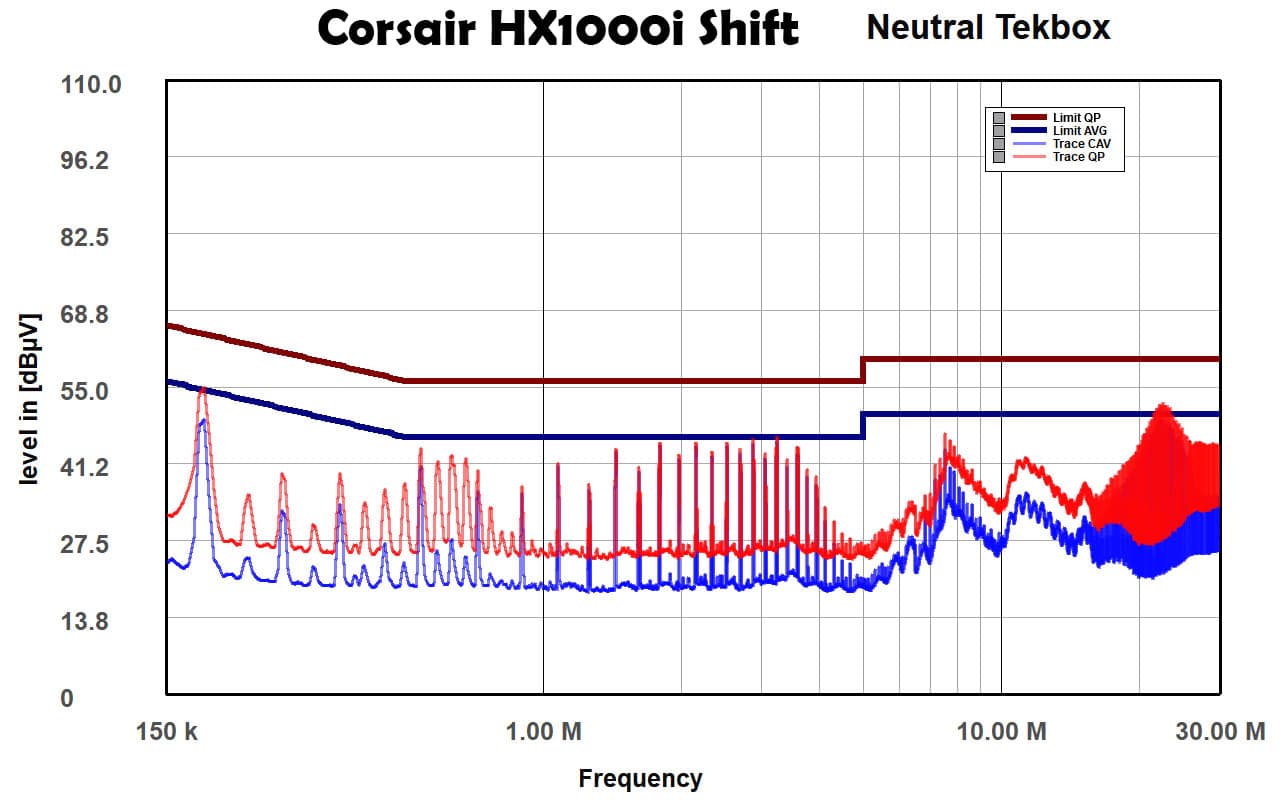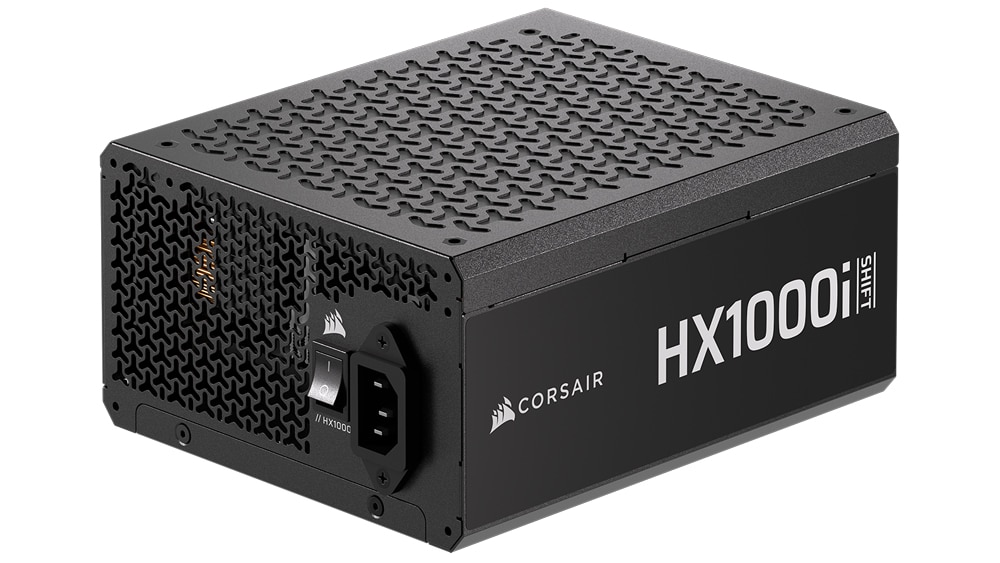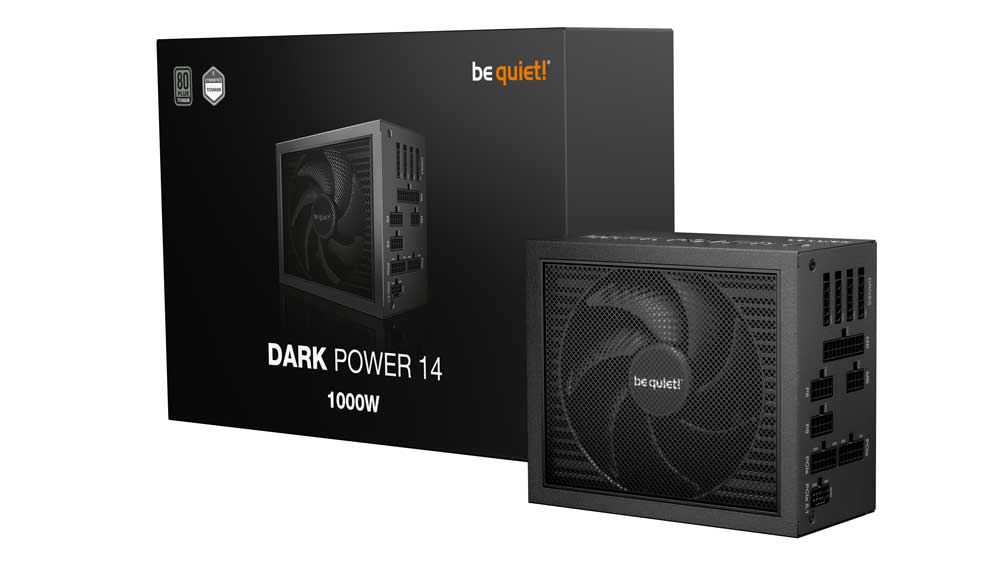Protection Features
Desktop power supply units (PSUs) include several protection features to safeguard both the PSU itself and the connected PC components (motherboard, CPU, GPU, drives, etc.). These protections prevent damage from electrical faults, overloads, or abnormal conditions.
| OCP (Normal @ 27.6°C) | 12V: 102.00A (122.45%), 11.989V 5V: 35A (140.00%), 5.069V 3.3V: 34.6A (138.40%), 3.365V 5VSB: 4.7A (134.29%), 5.079V |
| OCP (Hot @ 45.3°C) | 12V: 103.20A (123.89%), 11.985V 5V: 35.3A (141.20%), 5.064V 3.3V: 34.6A (138.40%), 3.361V 5VSB: 4.6A (131.43%), 5.069V |
| OPP (Normal @ 27.6°C) | 1209.03W (120.90%) |
| OPP (Hot @ 43.3°C) | 1209.06W (120.91%) |
| OTP | ✓ (106°C @ Secondary Side) |
| SCP | 12V to Earth: ✓ 5V to Earth: ✓ 3.3V to Earth: ✓ 5VSB to Earth: ✓ -12V to Earth: ✓ |
| PWR_OK | Proper Operation |
| NLO | ✓ |
| Fan Failure Protection | ✓ |
| SIP | Surge: MOV Inrush: NTC & Bypass Relay |
I conducted the protection features evaluation with the PSU at its stock settings, without having it connected to a system. The 12V rail is conservatively set, but I would like to see a larger difference between standard and high operating temperatures. The minor rails have highly set OCP triggering points, and to make matters worse, OCP is set higher at 5V under high temperatures, while it remains similar at 3.3V. Under high temperatures, the PSU is stressed more, so naturally, OCP triggering points should drop.
The over power triggering points are not correctly set, since the triggering points are identical under standard and high temperatures. They are conservative, at least. The remaining essential protection features are present and functioning well, and this platform includes fan-failure protection. In case the fan is not connected or not working correctly, the PSU shuts down after a short period.
EMC Pre-Compliance at a Glance
Every electronic device, including PSUs, can be an EMI source, and the amount of EMI it emits can affect the proper operation of nearby devices. EMI can, in some extreme cases, even render them unusable. Some standards have been established to minimize electromagnetic interference (EMI) noise. The corresponding standards for IT (Information Technology) products are CISPR 32 and its derivative, EN 55032, which applies to products sold in the EU. In the EU, every product bearing the “CE” marking must comply with the EN 55032 standard. CISPR 32 and EN 55032 standards categorize devices into two classes: A and B. Class B equipment is intended for domestic environments. Hence, its permitted EMI emissions are significantly lower than those of A-class devices.
Our equipment for EMI readings:
- TBMR-110M EMI-Analyzer DC-110 MHz
- Tekbox TBLC08 LISN
- Tekbox TBFL1 transient limiter
- Tekbox software
| CISPR 32 / EN55032 Limits | ||
| CISRP 32 / EN 55032 Class A Conducted EMI Limit | ||
| Frequency of Emission (MHz) | Conducted Limit (dBuV) | |
| Quasi-peak | Average | |
| 0.15 – 0.50 | 79 | 66 |
| 0.50 – 30.0 | 73 | 60 |
| CISPR 32 / EN 55032 Class B Conducted EMI Limit | ||
| Frequency of Emission (MHz) | Conducted Limit (dBuV) | |
| Quasi-peak | Average | |
| 0.15 – 0.50 | 66 – 56 | 56 – 46 |
| 0.50 – 5.00 | 56 | 46 |
| 5.00 – 30.00 | 60 | 50 |
| CISRP 32 / EN 55032 Class A 10-Meter Radiated EMI Limit | ||
| Frequency of Emission (MHz) | Field Strength Limit (dBuV/m) | |
| 30 – 88 | 39 | |
| 88 – 216 | 43.5 | |
| 216 – 960 | 46.5 | |
| > 960 | 49.5 | |
| CISRP 32 / EN 55032 Class B 3-Meter Radiated EMI Limit | ||
| Frequency of Emission (MHz) | Field Strength Limit (dBuV/m) | |
| 30 – 88 | 40 | |
| 88 – 216 | 43.5 | |
| 216 – 960 | 46.0 | |
| > 960 | 54.0 | |
Please note that the ATX spec allows a 4 dB margin for conducted and radiated emissions. This means that if a PSU exceeds the limits but stays within the 4 dB margin, it meets the corresponding ATX spec requirement (8.1 Emissions).
EMI Results
 The PSU’s EMI emissions are under control.
The PSU’s EMI emissions are under control.



Ares,Do you intend to test the Rise mode PSU Zeus 1000 watts & 850 Watts PSUs?.
They performed very well on teclab tests, i think they would get a good certification in cybenetics.com if tested
Hi! I don’t have any contacts with this brand, sorry.